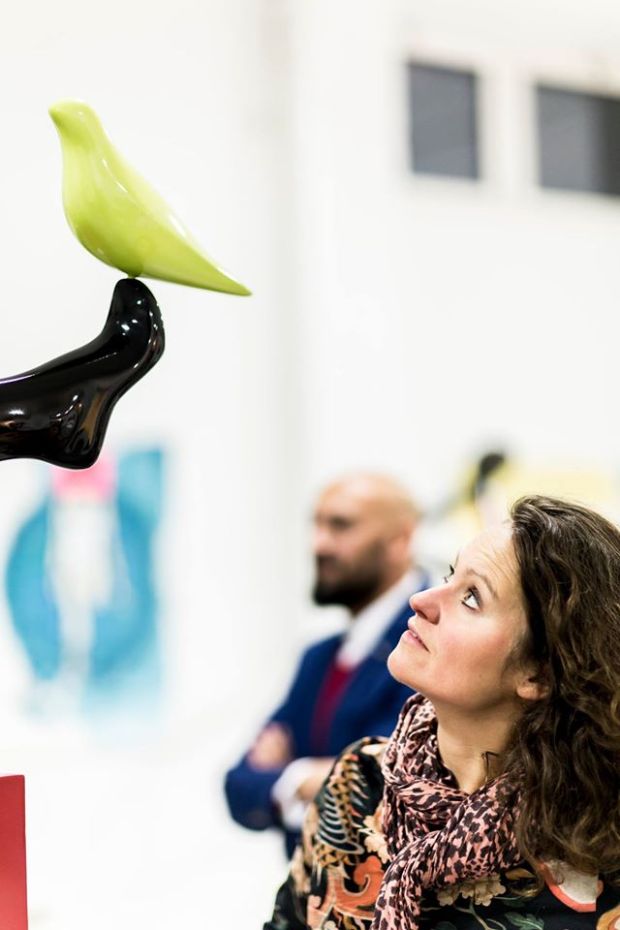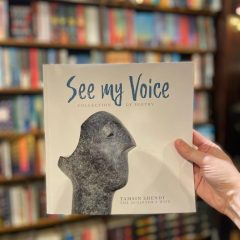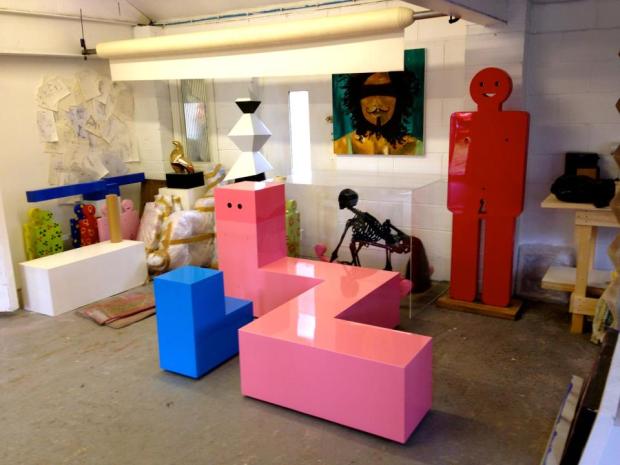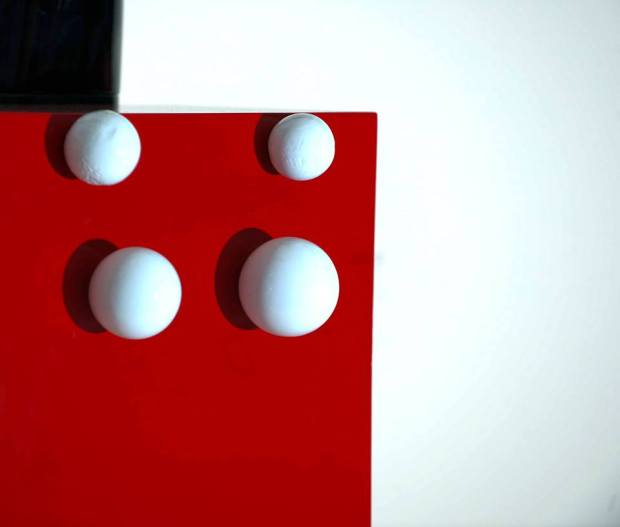
“Everyone wants to understand art. Why not try to understand the song of a bird? …people who try to explain pictures are usually barking up the wrong tree.”
— Pablo Picasso
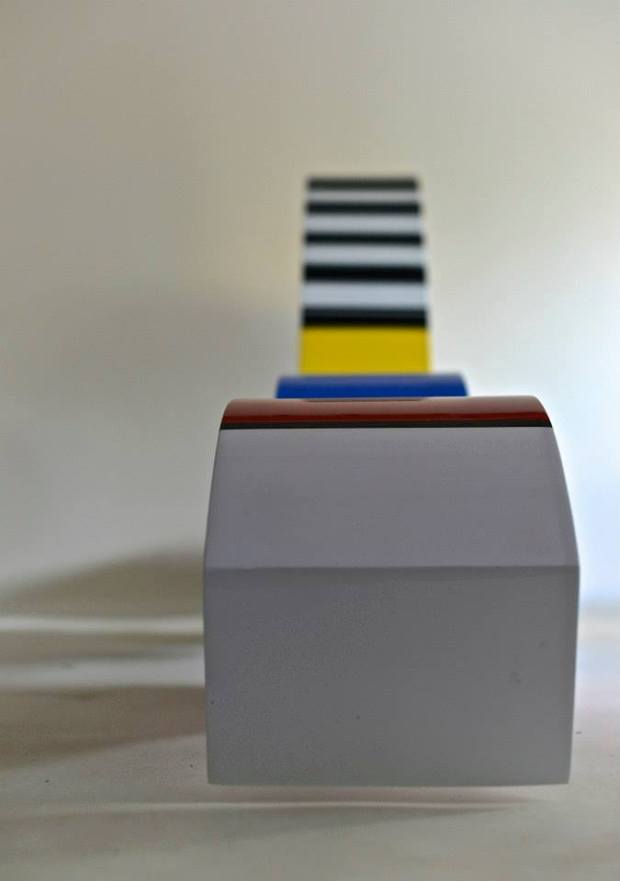
Sometimes we try too hard to understand what art is and what the artist is trying to say. Any art form be it; music, singing, poetry, writing, painting, drawing and sculpture, dance and even sport (if you see can go as far as to see that as an art form) is an expression from the artist. The creator. It’s their voice.

How, as someone trying to appreciate another’s voice, do we try to understand what someone else is trying to say? Like with any conversation, it is best to let go of any judgements, any preconceived ideas or opposition. Easier said than done when in a discussion or a debate. However, in the case of art. The art form isn’t directly speaking back to you in any kind of altercation, so the ability to let go should be easier.
So, with the case of sculpture if you want to understand it, you can consider these following things:
How does it make you feel?

And any emotion can be relevant. See what comes up. Accept. Don’t try to force meaning or words. Relax and think about the sensations.
Does it evoke memories? Give you ideas, inspire you, does it open your imagination? Relax.

Let your eyes wander around it. This is why seeing sculpture, live in its three-dimensional form is important and can help understanding. We can only appreciate or connect so much from an image.

Look at the colours or lack of colour, how do the colours impact or affect you?
Consider the materials and whether that makes you feel a certain way?
I saw recently on the Yorkshire Sculpture Park instagram page the quote, “Sculptures often explore the edges of objects and spaces, overlapping, puncturing or touching”. What about the shape, the form, the surface. Is it smooth, soft, sharp, curvy, does it cast shadows?
 How do you interact with the piece when you walk around it?
How do you interact with the piece when you walk around it?
Take your time.
Does it speak to you? What does that question mean to you?

Art is an experience.
It is about analysing your emotional response to it and the potential for the work to open your imagination and idea up into potential a higher plane.
We might look at a Van Gough, Monet or a Rembrandt, a Da Vinci or a Michelangelo and think that we can understand the painting and sculpture because it visually makes sense to us. But go beyond what you see. How does it make you feel?
When I first saw the Mona Lisa, I was shocked by the size. When I wandered around Rothko’s large abstract paintings I was in awe. I’ve seen work that is brilliant, baffling and beguiling.
Often we don’t listen to a piece of music, whatever genre and try to understand it. Art appreciation seems a little harder, a little more perplexing. Why?
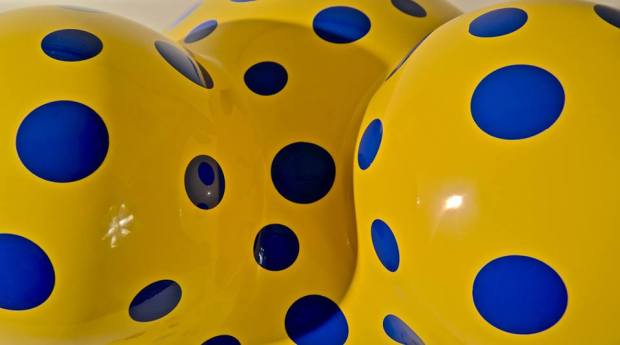 In both there is composition, creating a scene, a mood, a form of expression.
In both there is composition, creating a scene, a mood, a form of expression.
My husband would say that it isn’t about ‘understanding’. He thinks that unfortunately what is happening now is a generation of people who are driven by materialism and money and are spending too much time thinking about what to create and it that so much of art has become an object or a product. True artists should be simply driven by the desire to express their imagination. He says for example, “if you look at a Dali painting, what he has done is capture his imagination and introduces it to us. We have the opportunity to see inside Dali’s head”.
I went to see Othello with a very good friend of mine. The performance was modern, minimal and had a very shocking scene in the middle of it, which we were not sure needed to be there. Perhaps, we were seeing something that was inside the director’s head…eek! However, what was very noticeable to us both was that because we had studied it for one of our A-level texts we could understand it ( to a certain degree). Where as, we mused that had we not, much of it would have gone over our heads. Watching this Shakespeare performance 20 years after first reading it, seeing it, analysing and taking it apart made me realise that it is important to learn about an art form. If you do want to understand it to a higher level then it is about deconstructing it and putting it back together.
Living with an artist, a sculptor has enabled me perhaps to deconstruct my own way of thinking and put it back together. I wonder if that is essentially what marriage is asking you to do, when you live in a shared space and choose to share your life with someone different from yourself. Communication is so important.
“The biggest communication problem is we do not listen to understand.
We listen to reply.”
Susan Stiffelman.
The same in art, we look to form an opinion, we don’t look to observe and learn. In Othello, we are shown how character and emotion plays a vital role in understanding ourselves and others and how the dangers of not harnessing those emotions can them can have. We can either analyse and learn from it or put up a barrier in opening up our channels of understanding. So perhaps Picasso was right, we can’t explain art. We have to be open.
“Observe, accept, release, transform” Yung Pueblo.
